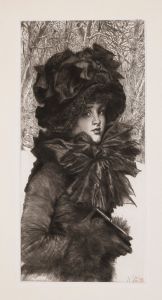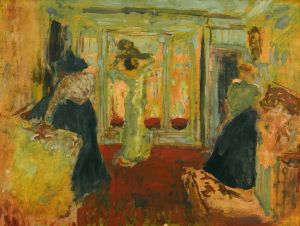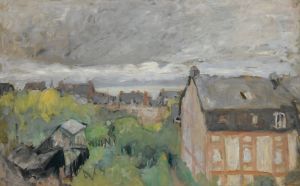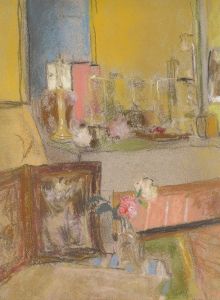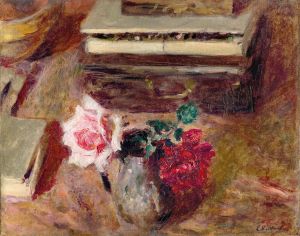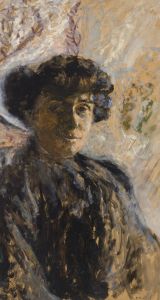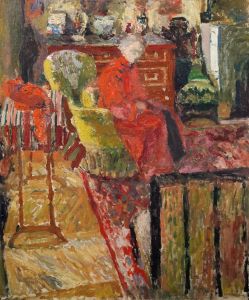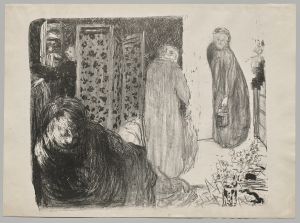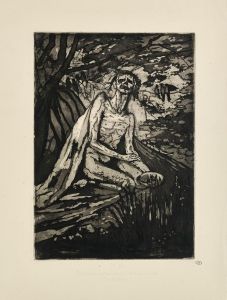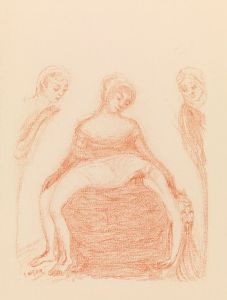
Chambre à Amfréville, Madame Hessel souffrante
A hand-painted replica of Édouard Vuillard’s masterpiece Chambre à Amfréville, Madame Hessel souffrante, meticulously crafted by professional artists to capture the true essence of the original. Each piece is created with museum-quality canvas and rare mineral pigments, carefully painted by experienced artists with delicate brushstrokes and rich, layered colors to perfectly recreate the texture of the original artwork. Unlike machine-printed reproductions, this hand-painted version brings the painting to life, infused with the artist’s emotions and skill in every stroke. Whether for personal collection or home decoration, it instantly elevates the artistic atmosphere of any space.
Édouard Vuillard's painting Chambre à Amfréville, Madame Hessel souffrante (translated as Room at Amfréville, Madame Hessel Ill) is a work by the French Post-Impressionist and Nabi painter, Édouard Vuillard (1868–1940). The painting is believed to have been created during the early 20th century, a period when Vuillard was deeply engaged in portraying intimate domestic interiors and the lives of his close friends and patrons.
The title of the painting references Amfréville, a small village in Normandy, France, where Vuillard often stayed with his patrons and close friends, the Hessels. Madame Lucy Hessel, the wife of art dealer and Vuillard's lifelong friend Jos Hessel, was a central figure in Vuillard's personal and artistic life. She frequently appeared in his works, often depicted in quiet, introspective moments. In this particular painting, Madame Hessel is portrayed as being unwell, as suggested by the word "souffrante" (ill or suffering) in the title.
Vuillard's style in this period is characterized by his use of muted colors, intricate patterns, and a focus on the interplay between figures and their surroundings. Chambre à Amfréville, Madame Hessel souffrante exemplifies these qualities, as it captures the intimate atmosphere of a private room. The composition likely reflects Vuillard's interest in the emotional resonance of everyday spaces, emphasizing the quiet, contemplative mood of the scene.
As with many of Vuillard's works, this painting blurs the line between portraiture and interior scene. The setting, with its carefully rendered details of furniture, textiles, and light, plays as significant a role as the figure of Madame Hessel herself. This approach aligns with Vuillard's broader artistic philosophy, which sought to integrate human presence with the surrounding environment in a harmonious and evocative manner.
The painting is part of Vuillard's extensive body of work that documents his close relationships with the Hessel family and their social circle. His intimate depictions of their lives provide valuable insights into the cultural and social milieu of the time. However, specific details about the current location or ownership of Chambre à Amfréville, Madame Hessel souffrante are not widely documented in public sources.
Édouard Vuillard remains a significant figure in the history of modern art, and his works, including this painting, continue to be celebrated for their subtle emotional depth and masterful treatment of domestic interiors.





